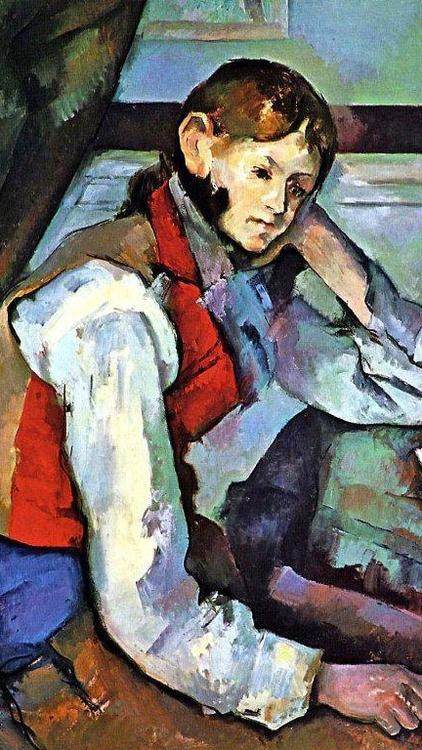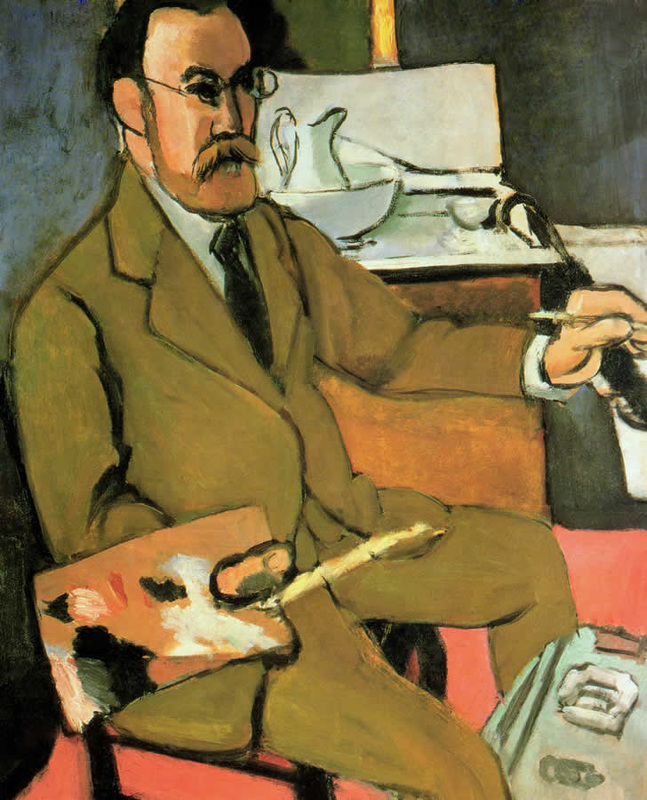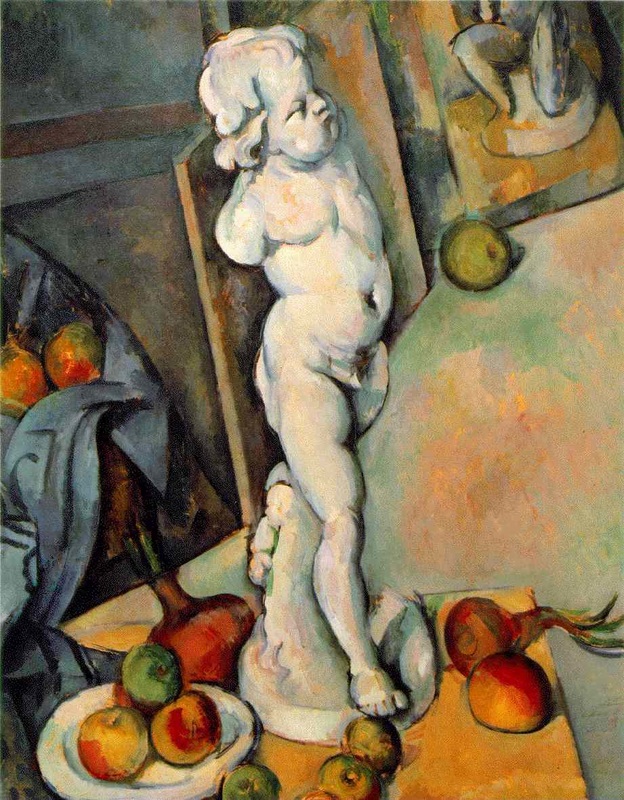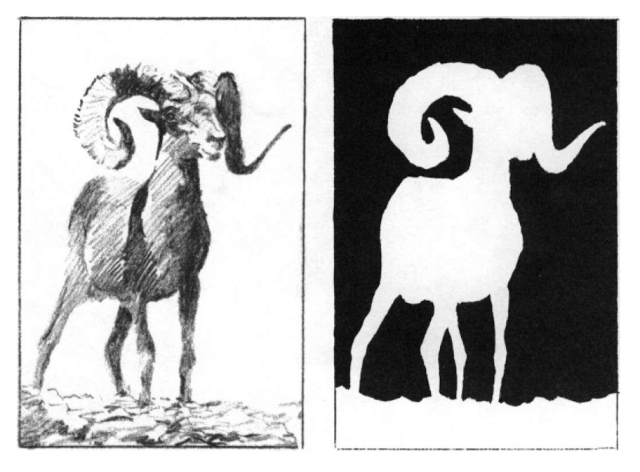L-ModeR-Mode | Perceiving the Shape of Space, The Positive Aspects of Negative SpaceThese next exercises will explore the contours of the positive forms and negative shapes in space. If that doesn't make sense yet, just wait until we are done, and it will. Before we begin, let’s quickly review the five basic skills of drawing. Remember, these are perceptual skills: |
|
0 Comments
Your comment will be posted after it is approved.
Leave a Reply. |
ART 1
|






 RSS Feed
RSS Feed
